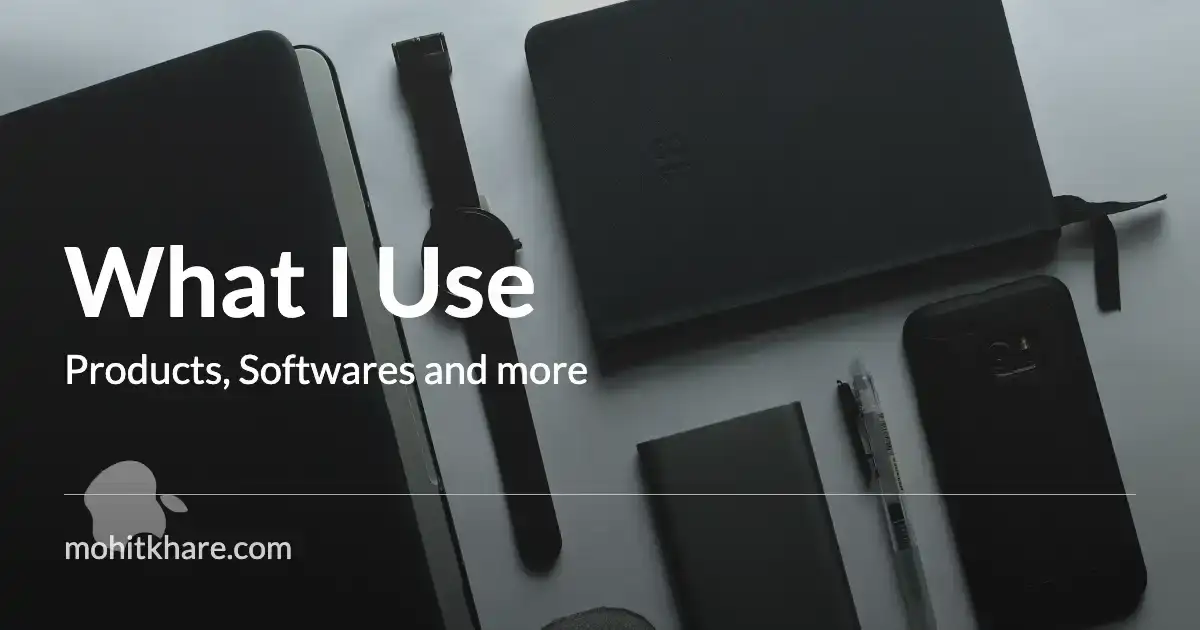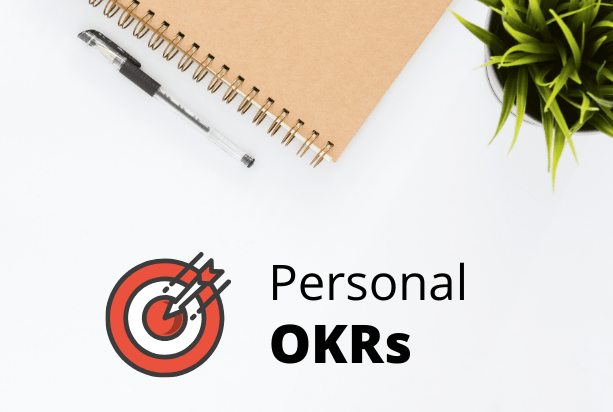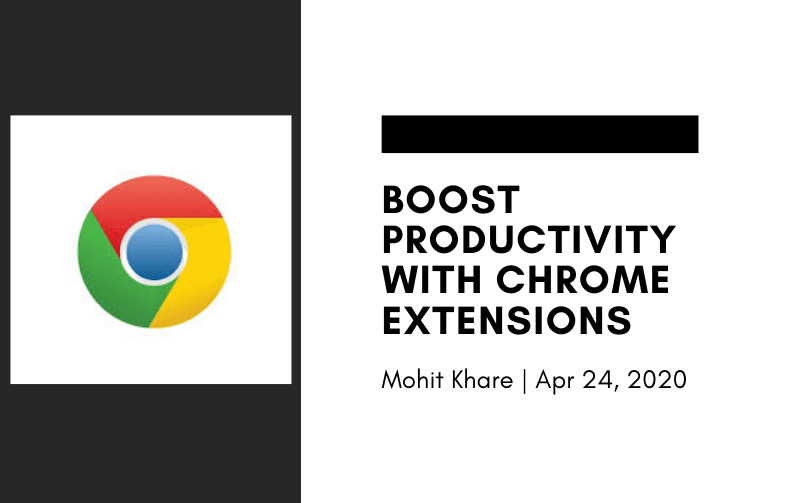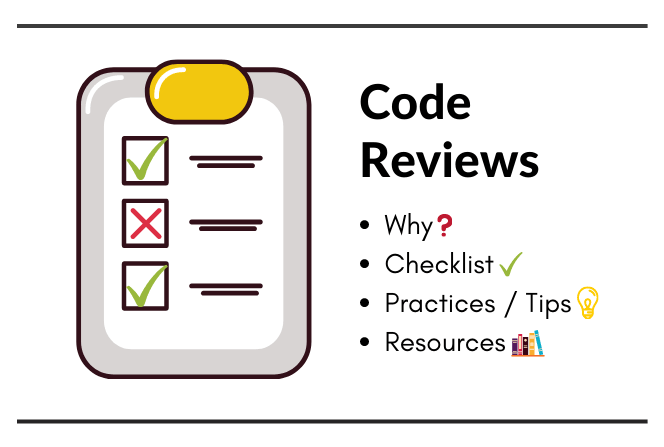Making Decisions: The right way

Get latest articles directly in your inbox
No matter who you are or what you do for a living, you make numerous minor decisions every day. They can be as simple as choosing which exercise to do this morning or as complex as taking executive decisions for your company.
I have been researching a lot of decision making lately while building Taski , finally decided to share some of the learnings.
What is a decision?
A choice that you make about something after thinking about several possibilities. - Cambridge English
A Decision is nothing but a choice made after considering multiple factors, which vary widely from person to person. They depend on the situation, mindset and a lot of other factors.
You must have heard the famous line by Robert Frost -
“Two roads diverged in a wood, and I—I took the one less traveled by, and that has made all the difference.”
This is a simple case of a decision. Generally, there are way more options available to you to choose from.
Eg - Remember when you went in you buy a pastry, but there were so many options when you entered the bakery.
Types
Decisions can be divided into two categories -
Simple
These are usually the one’s which don’t have a big impact. They are not so important decisions, thereby you spend little time and energy over it. You don’t decide for 1 hour on choosing pen vs pencil.
Examples
- Tea vs Coffee
- Pen vs Pencil
- Twitter vs Linkedin
- Which jeans i will wear today
Complex
The main reasons which make decisions complex are -
- Extensive number of options you have i.e too many choices
- No evaluation strategy, no parameter to choose from options.
- Not having enough data/knowledge
- Fear of making wrong decision
Examples
- Job decisions - should i take this job?
- Moving to different city
- New feature for your product
Steps to make right decisions?
“Waiting hurts. Forgetting hurts. But not knowing which decision to take can sometimes be the most painful…” ― José N. Harris
First, let’s see how we make decisions. I’ll mention a few common examples.
- Flipping a coin
- Trusting own instict - even when you don’t know details about what exactly are pros/cons.
- Developing false beliefs
- Following some person’s advice
Well, this works fine in case of simple decisions, but once it comes to complex and important decisions, you need to have a proper plan to make decisions.
You don’t need to keep guessing and blindly following the cognitive biases that have developed over time. Let’s dive into how we can make proper plan which results in the right decisions.
Identify the problem
It is very important to identify the problem properly. If you don’t actually know what the problem is then you can’t find a solution to it. Your problem should be specific and not too broad.
Eg. - You are facing problem with your current phone, you want to buy a new smartphone with essential features like camera, music and internet.
Collect useful information
Do proper research and collect the relevant information you need for your decision making. This includes learning, finding blogs/articles and stories of people who tried to solve the similar problem.
Eg. Now you know you want a mobile, do some research around it.
- List of features which new phones have
- Which processor are good for what purpose.
- Define a price range
- Which mobile/company has best reviews
Identify the possible options/alternatives
Make a list of options you have. This is obvious because when you start doing research, you’ll come across a number of choices. Different people have different cases for making their choices. You need to list them down with features/attributes/benefits, the ones which matter to you.
Eg. Now while collecting information, you made a list of best phones for you -
- One Plus 7 Pro
- Apple iPhone X
- Samsung Galaxy S20
Quantify your choices
Having a list of choices is good, most people are able to do this. People fail at choosing the best one out of these. For this, instead of going with your instincts, you need to quantify them. Let numbers do the job for you. Identify key positives/negatives and add a way to measure them.
Eg. Add columns in your list with attributes like Battery life, Display, Price, Storage, etc. Assign each of them, with a value out of 10 based on the information you collected.
Choose among alternatives
Now, that you have done enough research and quantified the options. It’s time to trust your research and choose the best option which came out. You can always rethink between the top 2 choices, but now you can take the decision.
Eg. Based on the above chart you prepared, you calculate the sum across each choice! Now you have set of options with the highest scores to choose from. Awesome!
Perform actions
It’s time to act.
Decisions which were made need to be implemented. If you spent a lot of time on this and found an option suiting your needs, you take an action and trust the process.
Eg. Buy the mobile you chose. (One plus for me)
“Once the decision is made, do not look back, do not second guess your decisions.” - Muhammad Ali
Review your decision
Once you took the action, it is important to see how your decision was. Feedback loop is super important in improving your decisions over time. If the results are not good, try to identify what you missed while making the decision.
Eg. You find that the mobile is awesome, works perfectly for all your usecases.
Things to remember!
There are a few points I found both important and useful to keep in mind while making important decisions -
- You can’t have everything.
- Don’t overthink! Overcomplicating the process is bad.
- Failures are always there, get up and repeat.No one makes perfect decisions all the time.
- Don’t make certain decisions just because everyone else says so.
- Always have a deadline/timeline when making decisions.
- Don’t do last-minute changes! Trust yourself!
- Find someone who took similar decision. Do proper research!
- Always think both for and against the problem! You need to understand both sides of the coin to actually make a decision.
Ask yourself following questions -
- Are there any key details I am missing?
- Am i being biased about something?
- Could I be thinking about this in another way? Are these the only possible solutions.
- Ask yourself how can I improve on a certain problem?
Resources
Books
- Decisive: How to Make Better Choices in Life and Work
- Thinking fast and slow
- How we decide
- Thinking in bets
If you are a person, who doesnt like reading, check Reading 101
Articles
Taski 🚀
Taski was #3 Product of the day and got a lot of love ❤️️. Some of it’s features are -
- 🔥 Multiple frameworks - RICE, SPADE, SWOT, etc.
- 📁 Save - as image, markdown or document
- 📤 Share - your decisions anywhere for feedback.
- ✅ Check-list - Track progress with checklists.
- 🔐 Privacy - Your data is yours! 🎉 Build for all - Developers, PMs or anyone who makes decisions
Do check it out! Taski is still in beta, a lot of features coming soon!
Liked the article? Consider supporting me ☕️
I hope you learned something new. Feel free to suggest improvements ✔️
I share regular updates and resources on Twitter. Let’s connect!
Keep exploring 🔎 Keep learning 🚀
Liked the content? Do support :)










